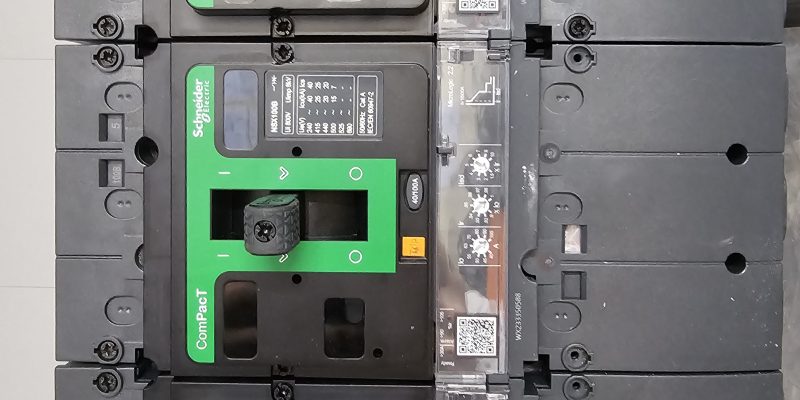A circuit breaker is an electrical device used in switchboards and electrical systems to protect circuits and equipment from overloads, short circuits, and other electrical faults. It acts as a safety mechanism by automatically interrupting the flow of electrical current when abnormal conditions are detected, thereby preventing damage to the circuit and reducing the risk of electrical hazards such as fires or equipment damage.
Here’s how a circuit breaker works and what it does in a switchboard:
Detection of Electrical Faults:
When an electrical current flows through a circuit, the circuit breaker continuously monitors the current level. It is designed to operate within a specified current range known as its rated current or current-carrying capacity.
If the current exceeds the rated capacity due to an overload (e.g. too many devices connected to the circuit) or a short circuit (e.g. a direct path between live and neutral wires or earth), the circuit breaker detects the fault and trips.
Trip Mechanism Activation:
When an overload or short circuit occurs, the circuit breaker’s trip mechanism is activated. The trip mechanism can be electronic, thermal, magnetic, or a combination of both (thermal magnetic), depending on the type of circuit breaker.
Thermal Trip: In thermal circuit breakers, an overload causes the temperature of a bimetallic strip or sensor to rise, triggering the trip mechanism to open the circuit.
Magnetic Trip: In magnetic circuit breakers, a sudden surge in current (as in a short circuit) induces a magnetic field that triggers the trip mechanism to open the circuit.
Interrupting the Circuit:
Once the trip mechanism is activated, the circuit breaker quickly opens the electrical circuit, interrupting the flow. This action effectively disconnects the faulty circuit from the power supply.
By interrupting the circuit, the circuit breaker prevents excessive current from flowing, which could otherwise lead to overheating, equipment damage, or electrical hazards.
Reset and Restoration:
After the fault is cleared and the circuit breaker trips, it can be manually or automatically reset, depending on the type of circuit breaker and its design.
Manual Reset: Some circuit breakers require manual intervention to reset them after a trip. This involves physically toggling or pressing a reset button on the circuit breaker.
Automatic Reset: Certain circuit breakers have an automatic reset feature that restores power to the circuit once the fault is cleared, eliminating the need for manual intervention.
In summary, a circuit breaker in a switchboard serves as a protective device that monitors electrical currents, detects faults such as overloads and short circuits, and automatically interrupts the circuit to prevent damage to equipment and ensure safety in electrical systems. It is a crucial component of switchboards and electrical installations, helping to maintain system reliability and protect against electrical hazards.

